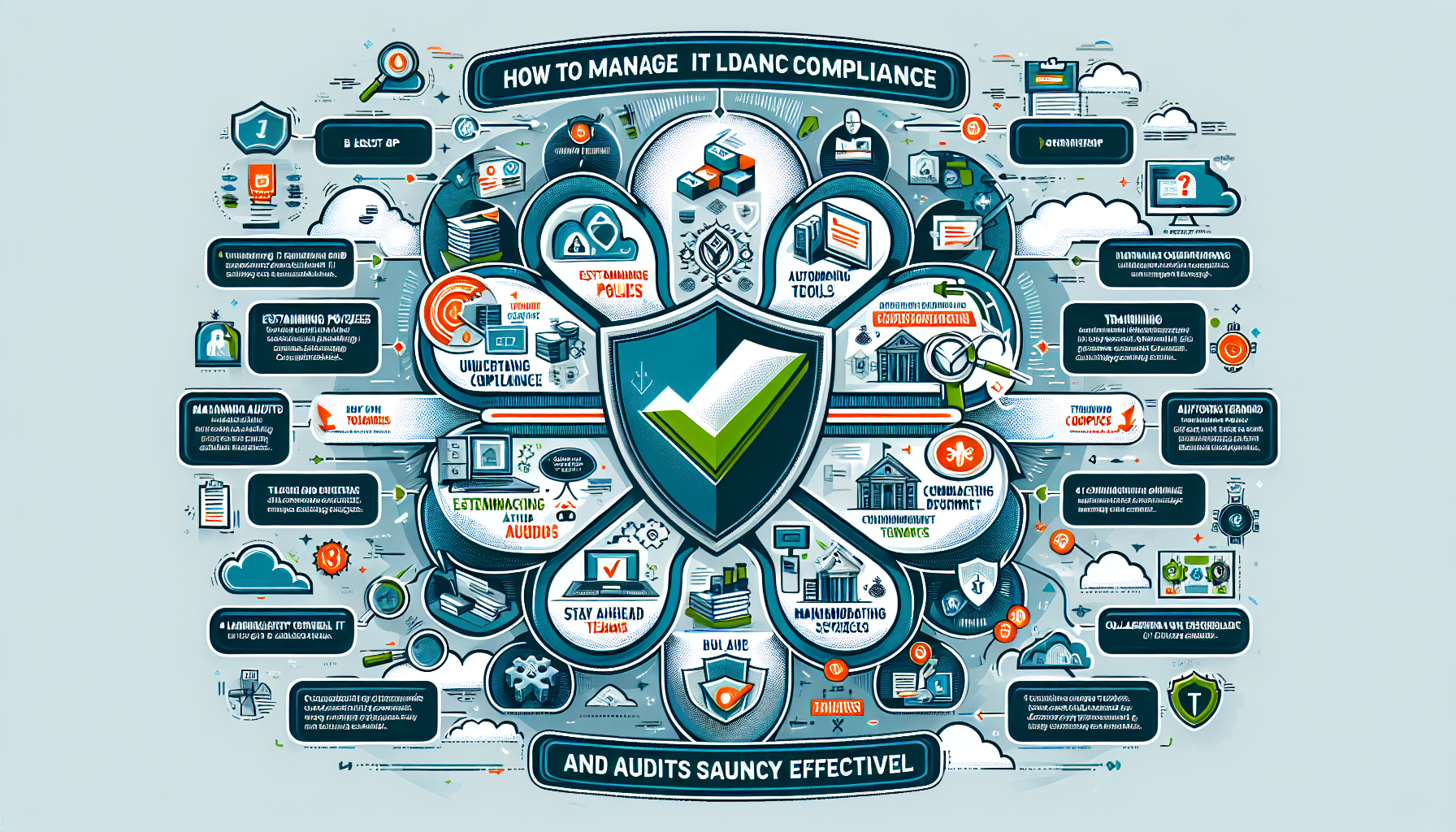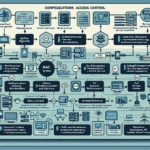Managing IT compliance and audits effectively is critical for ensuring your IT infrastructure aligns with regulatory requirements, industry standards, and organizational policies. As an IT manager, here are the best practices for managing IT compliance and audits effectively:
1. Understand Compliance Requirements
- Identify Applicable Standards: Research and understand the regulatory requirements and standards relevant to your organization (e.g., GDPR, HIPAA, PCI DSS, SOX, ISO 27001).
- Map Requirements to IT Systems: Identify which components of your IT infrastructure (datacenters, servers, virtualization, storage, etc.) are affected by each compliance standard.
2. Establish Policies and Procedures
- Document IT Policies: Create clear, enforceable IT policies that define how compliance requirements will be met (e.g., access control, data retention, backup policies).
- Standard Operating Procedures (SOPs): Develop step-by-step procedures for tasks like data protection, incident response, and audit preparation.
- Regularly Update Policies: Revise policies and procedures to reflect changes in regulations, business processes, or IT systems.
3. Implement Monitoring and Auditing Tools
- Centralized Logging: Use tools like ELK Stack, Splunk, or SIEM solutions to centralize logs from servers, storage, and network devices for easy auditing.
- Configuration Management: Use tools like Ansible, Puppet, or Chef to maintain system configurations and ensure they comply with organizational policies.
- Vulnerability Scanning: Regularly scan systems with tools like Nessus or Qualys to identify and remediate security gaps.
4. Automate Compliance Where Possible
- Compliance Frameworks in Cloud: Leverage cloud platforms (AWS, Azure, Google Cloud) that offer built-in compliance frameworks and tools for auditing.
- Backup and Disaster Recovery Automation: Use solutions like Veeam or Rubrik to automate backups and ensure compliance with data retention policies.
- Container Security: Use Kubernetes-native tools like Falco or Aqua Security to monitor and enforce compliance in containerized environments.
5. Maintain Comprehensive Documentation
- Inventory of IT Assets: Maintain an up-to-date inventory of servers, storage, virtual machines, Kubernetes clusters, and other assets.
- Audit Trails: Record detailed logs of access, changes, and actions taken across your IT environment.
- Data Flow Diagrams: Document how data moves across systems to show compliance with data protection standards.
6. Conduct Regular Internal Audits
- Self-Audits: Periodically review systems and processes to identify gaps before external auditors do.
- Checklists: Use compliance checklists tailored to the standards your organization must follow.
- Mock Audits: Simulate external audits to ensure your team is prepared and documentation is complete.
7. Train and Educate Your Team
- Compliance Training: Provide regular training for IT staff to ensure they understand compliance requirements.
- Awareness Programs: Train employees on the importance of data security, proper usage of systems, and reporting incidents.
8. Collaborate with Stakeholders
- Work with Legal and Compliance Teams: Collaborate with legal and compliance officers to ensure alignment with organizational goals.
- Involve Business Units: Engage with non-IT stakeholders to understand their role in compliance (e.g., HR for data privacy or finance for SOX compliance).
9. Stay Ahead of Changes
- Monitor Regulatory Updates: Stay informed about changes to relevant compliance standards and regulations.
- Proactive Planning: Prepare for future audits by addressing potential issues in advance.
10. Leverage External Expertise
- Third-Party Auditors: Engage external auditors to perform independent assessments of your IT environment.
- Compliance Consultants: Use consultants to provide guidance on complex compliance requirements and remediation strategies.
11. Address Specific IT Domains
- Datacenter and Hardware: Ensure physical security controls (CCTV, access logs, etc.) meet compliance requirements.
- Storage and Backup: Encrypt data at rest and ensure backups comply with retention and recovery policies.
- Virtualization and Kubernetes: Apply role-based access control (RBAC) and network policies for isolation and security.
- Windows and Linux: Regularly patch and harden OS configurations to minimize vulnerabilities.
- AI Systems: Ensure AI models comply with ethical and privacy standards, and document data usage for audits.
- GPU Workloads: Confirm that workloads with sensitive data on GPUs comply with data encryption and processing standards.
12. Follow Up on Audit Findings
- Remediation Plans: Develop actionable plans to address audit findings and track progress.
- Continuous Improvement: Use audit results to improve processes, systems, and overall compliance posture.
By following these steps, you can efficiently manage IT compliance and audits while minimizing risks and ensuring your organization is well-prepared for regulatory scrutiny.
How do I manage IT compliance and audits effectively?



